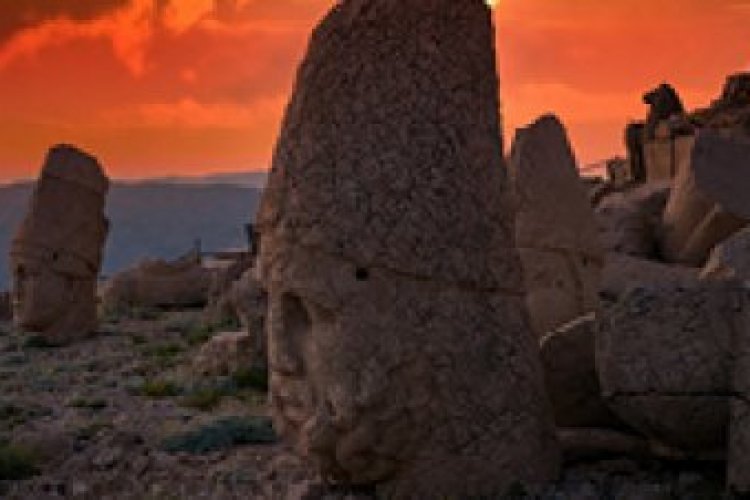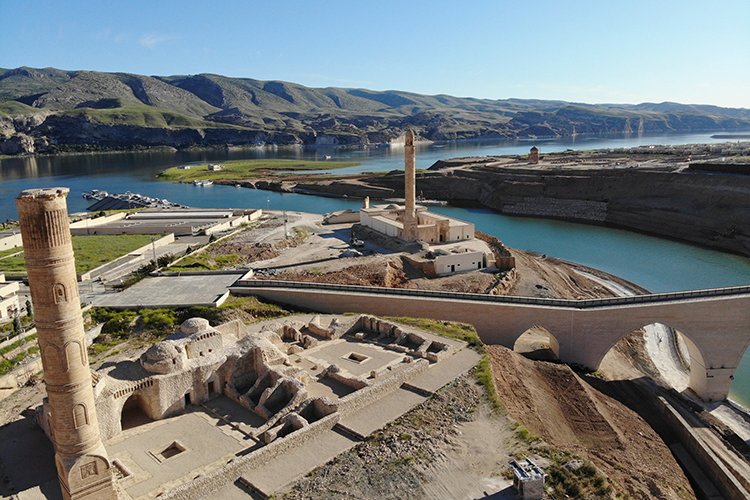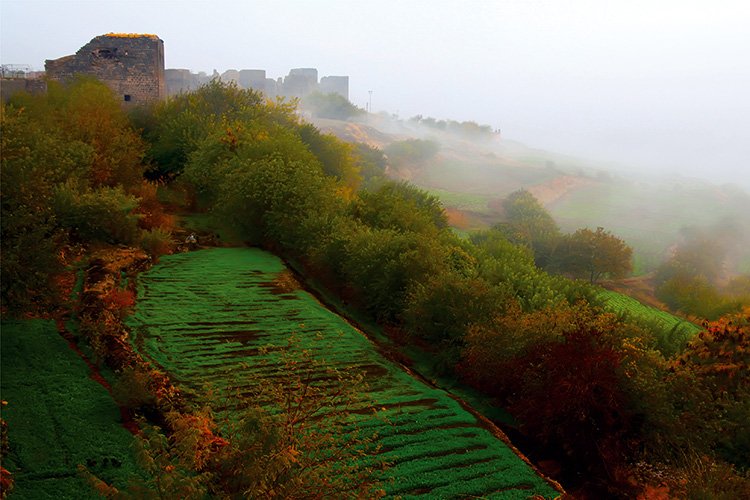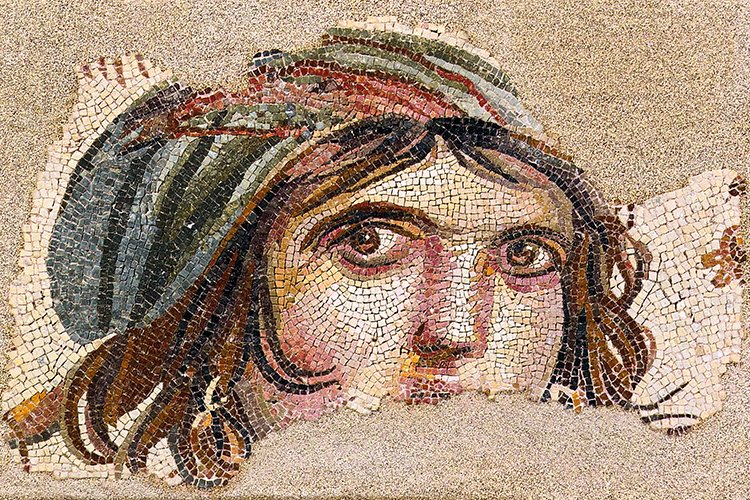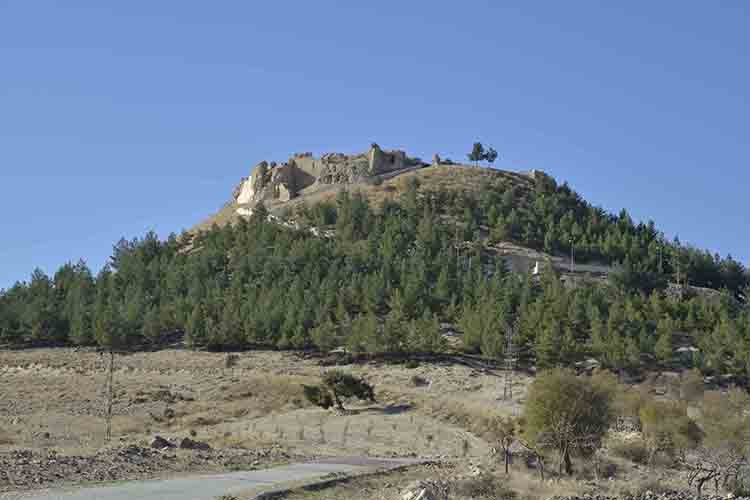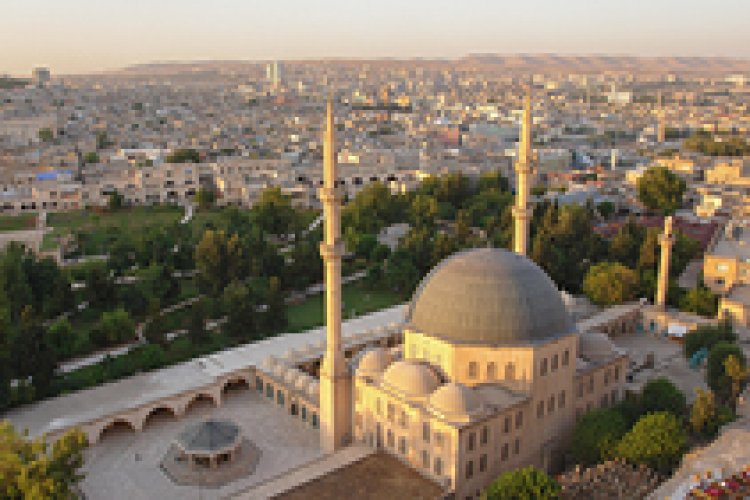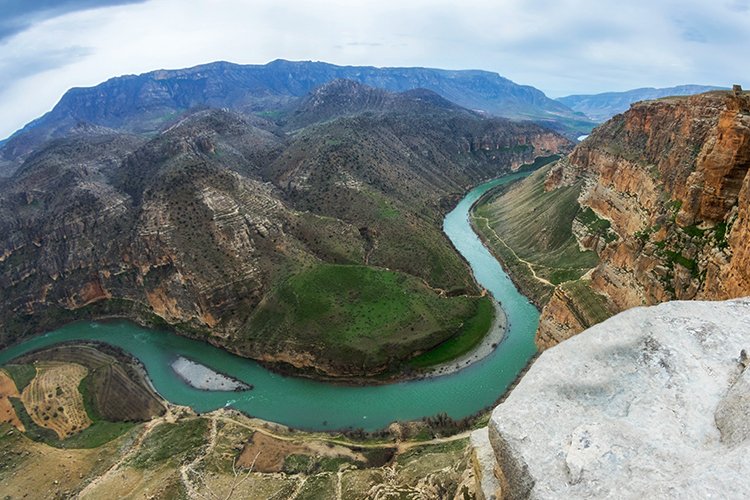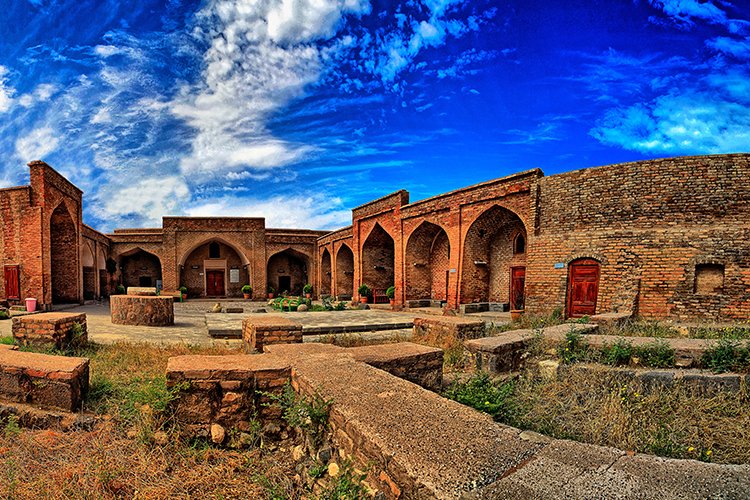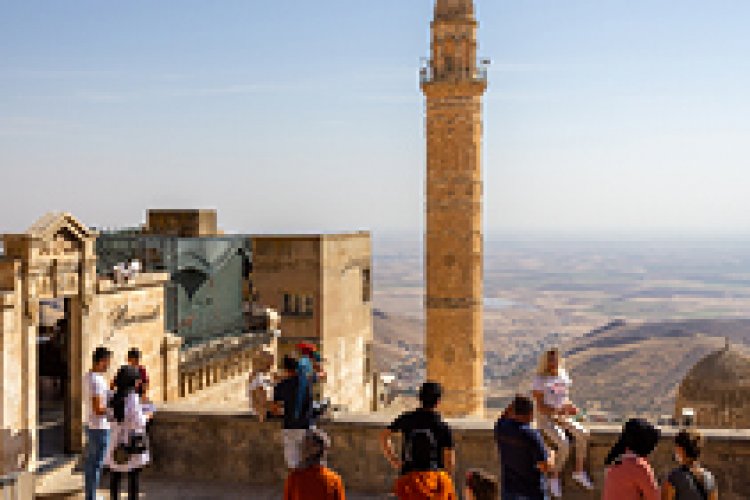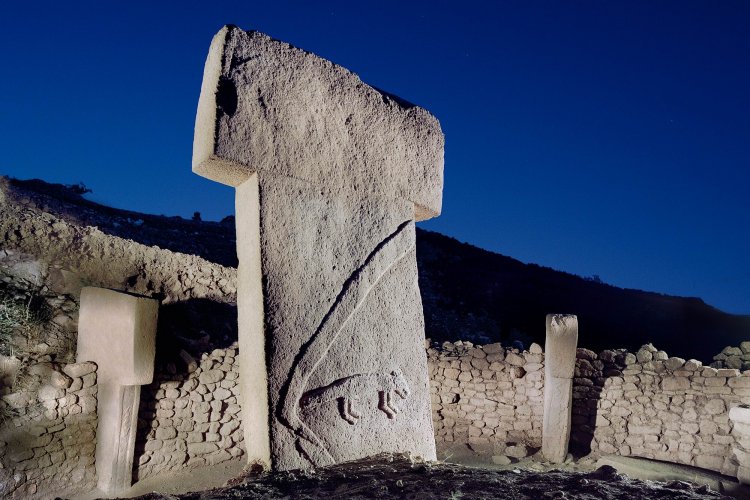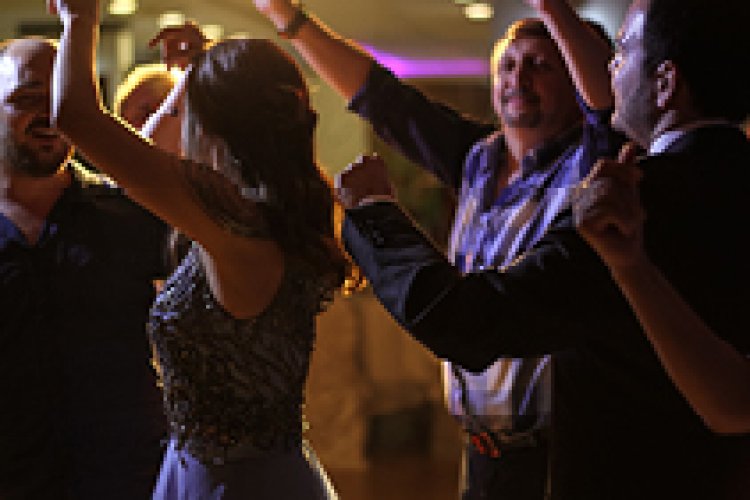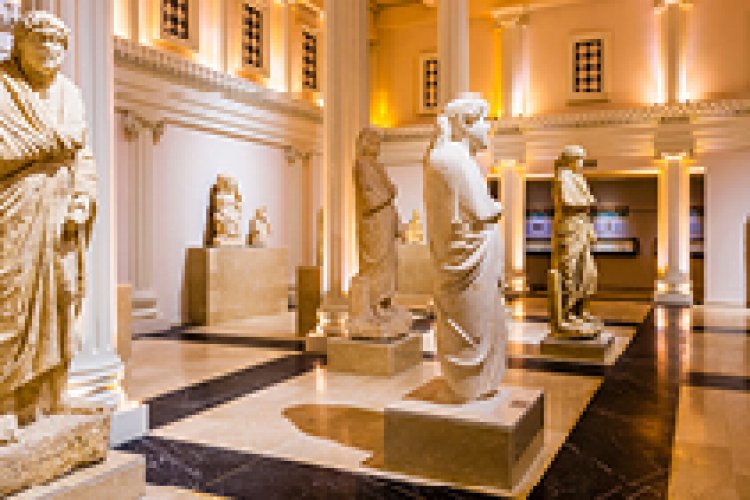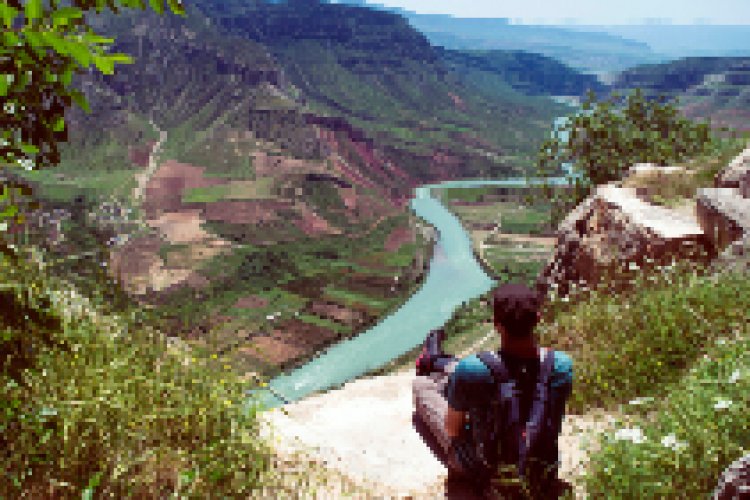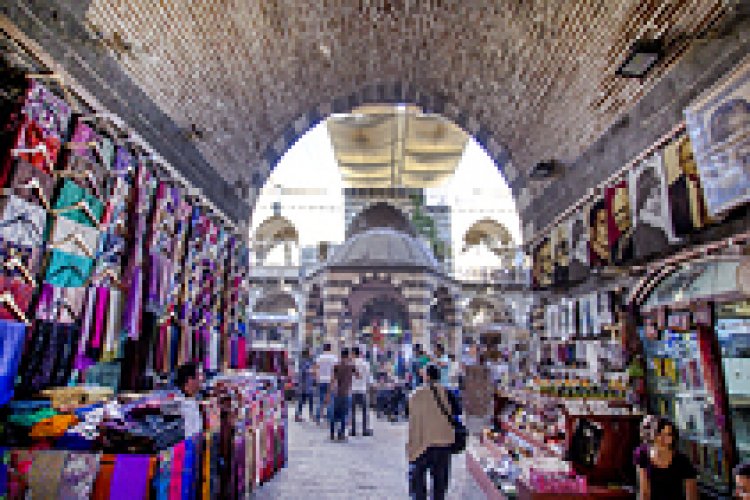Routes
Sanliurfa Craft Route
The craft path begins with the Bedendibi Art Street, which is located within the Old City Walls, very close to the City Museum. Here you will see a series of interconnected Ottoman-era buildings that host many small workshops producing a range of products including woodcarving, marbling, jewelery and calligraphy. Bedendibi Art Street ends with Urfa City Museum. Spend some time at the museum to discover the history and craft traditions of Sanliurfa. From the City Museum, turn right onto 1043 Street and follow this road for about three minutes; turn left and turn left at the first T-junction at 1017 Street. Proceed in a zig-zag pattern for a few minutes from the southwest, and you'll reach 58 Square. Here you can visit 11 Nisan Cafe to take a rest before continuing on your journey. The cafe is expected to be host customers in 2018-19. Follow 1014 Street and then Kazanci Bedih Street and continue descending southwest towards Mevlevihane Street.
Follow Mevlevihane Street on the left, then turn right onto Mesarkiye Street. After a few meters you will reach a passage where a huge number of amber shops are. Besides the synthetic materials of our time, amber comes in many raw materials in the form of horns, fossils, shells, glass, precious woods and unchipped gemstones. Go back on Mesarkiye Street, cross the road and continue walking west along Balikligol Street. After the bend in the road you will find an entrance on your left by the Old Bazaar. Here you will spend most of your time observing the traditional handicrafts of Urfa. First stop; Sipahi Rug Bazaar, located on the west wall of Gumruk Inn. You can find colorful rugs, blankets, furs and felts there. Take a close look at the Urfa rugs: they are hairless, woven rugs, and the best ones are bi-directional. As a tradition of the region, most of the rugs feature geometric motifs such as shaped birds, animals and flowers.
Passing around Sipahi Kilim Bazaar, you will reach the historical Bedesten Bazaar. Built in 1562, the Bazaar is considered to be one of the best examples of old Turkish bazaars in Anatolia that have remained true to their historical identity and original architecture. At the bazaar you will find a number of features of traditional Urfa textiles that can be recognized by their use of shades of purple and other popular accessories and clothes of the people of Urfa. In the next stage, head towards the lively courtyard of Gumruk Inn. Find yourself a table and sip a cup of brewed tea, mirra or terebinth coffee. Then, go upstairs to visit the rooms of the master tailors of Gumruk Inn, who exhibit their handcrafts.
When you walk south from the Inn, you will see a lot of gold jewelery shops selling traditional gold jewellery. Generally, the gold in Sanliurfa is 22 carats and is craftsman's work of very fine quality. Although the shops here may seem narrow, the prosperity in each is dazzling. From the gold jewelery shops, head south towards the Coppersmiths' Bazaar. The copperwork in Sanliurfa is so developed that it is almost indistinguishable from silverwork. In this bazaar, formerly known as Huseyniye Bazaar, you will find everything from soup bowls to plates, from trays to cups and bowls. Among the most strange products are the brass brazier and the copper gumgum (the coffee pot traditionally used to make mirra coffee). Next to the coppersmiths' bazaar, there is a large gate and the attractive Barutcu Inn behind the entrance. Barutcu Inn from the 18th century Ottoman period, which has been recently restored; is being converted for modern age tourism to offer a venue to compile "the best of Urfa". The center is expected to be hosting visitors in 2018-2019 and will include restaurants, cafes and shops offering specialty arts, crafts and food products with a focus on local quality produce.
Exit from the bazaar in the west direction and proceed towards Balikligol. You will find SURKAV handicraft shops behind the rows of columns on the right side of the lake. Here, every shop has a different product range, from felt to leathering, from calligraphy to art. Finally, follow the road to the crowded Haleplibahce Street through Balikligol Park. Cross the roundabout towards the Archaeological Park. There you will find Hamarat Eller handicraft shops. From these shops, run by a women's community, you can purchase a range of handcrafted items such as mosaic work, clothing, and decorations based on traditional art forms and materials specific to the region.
